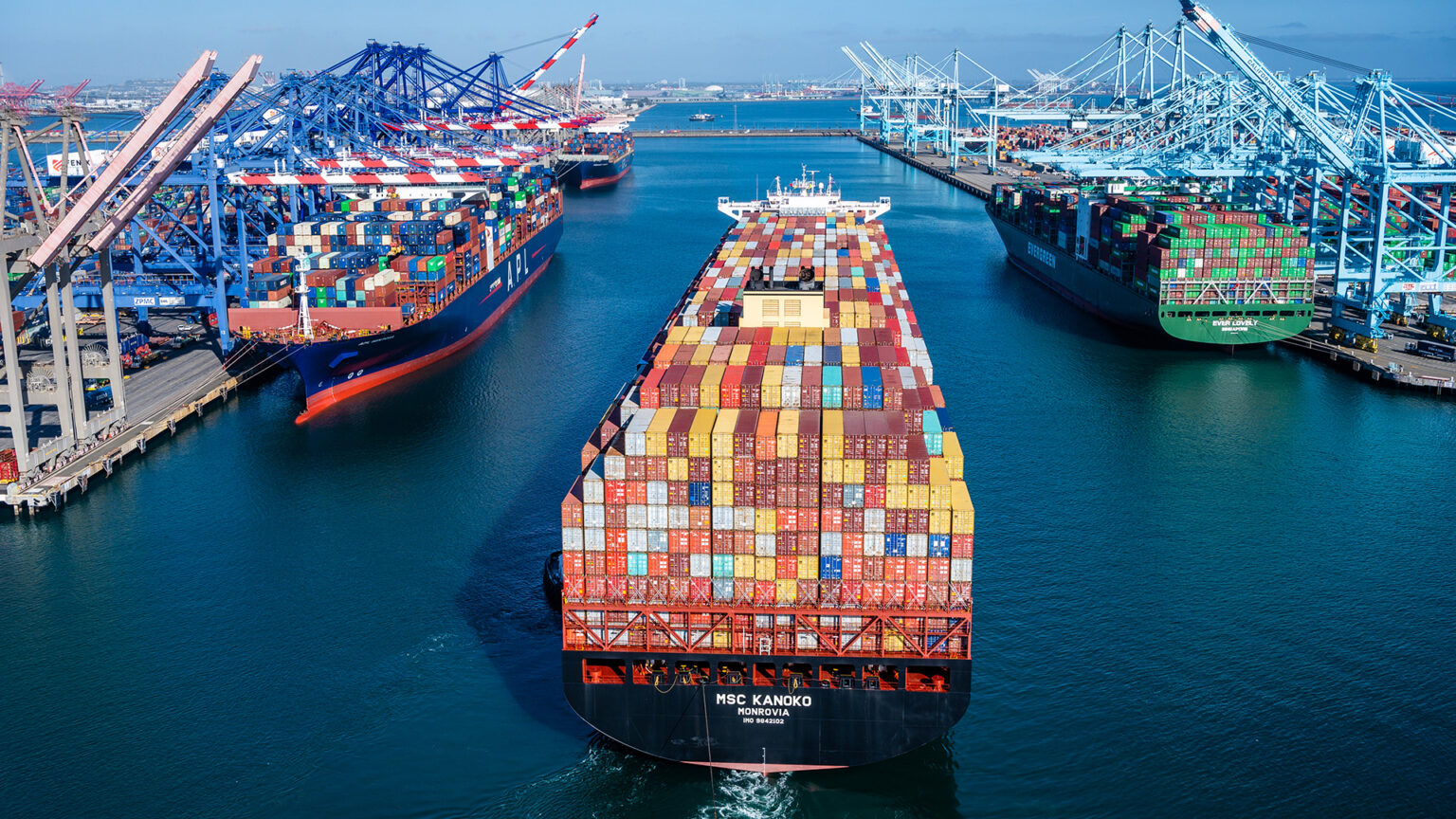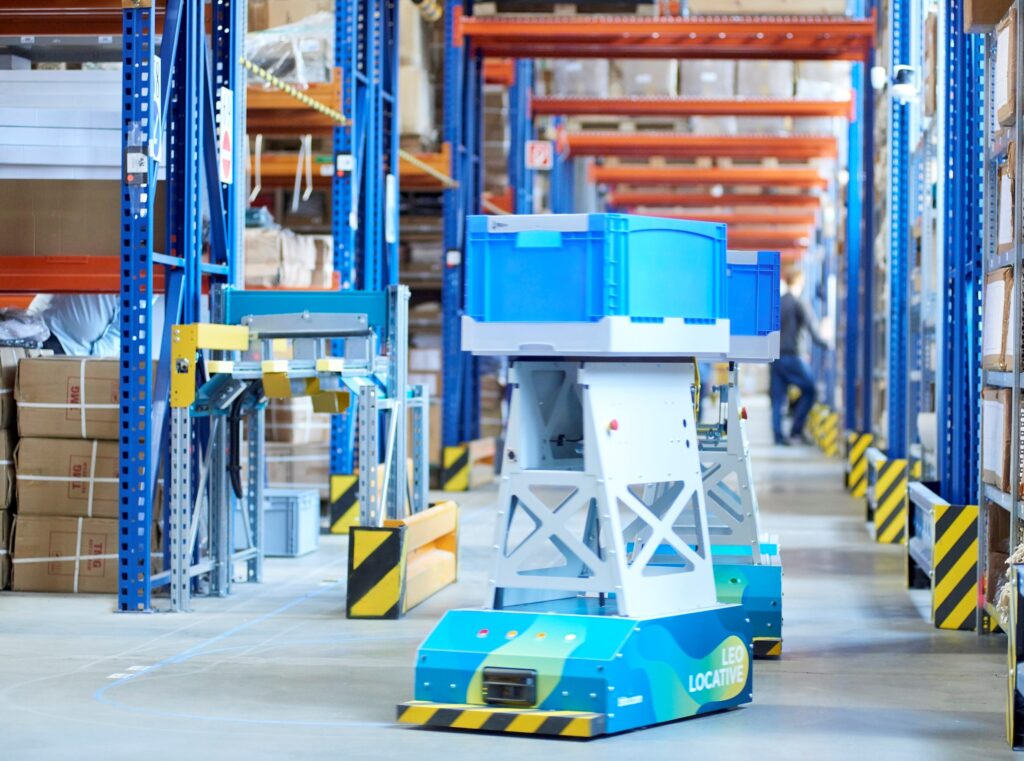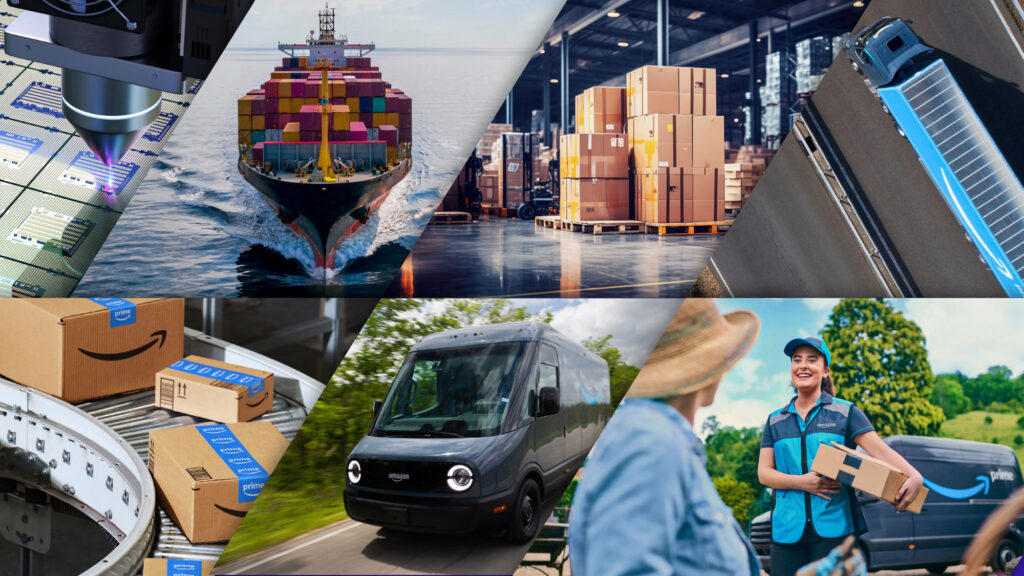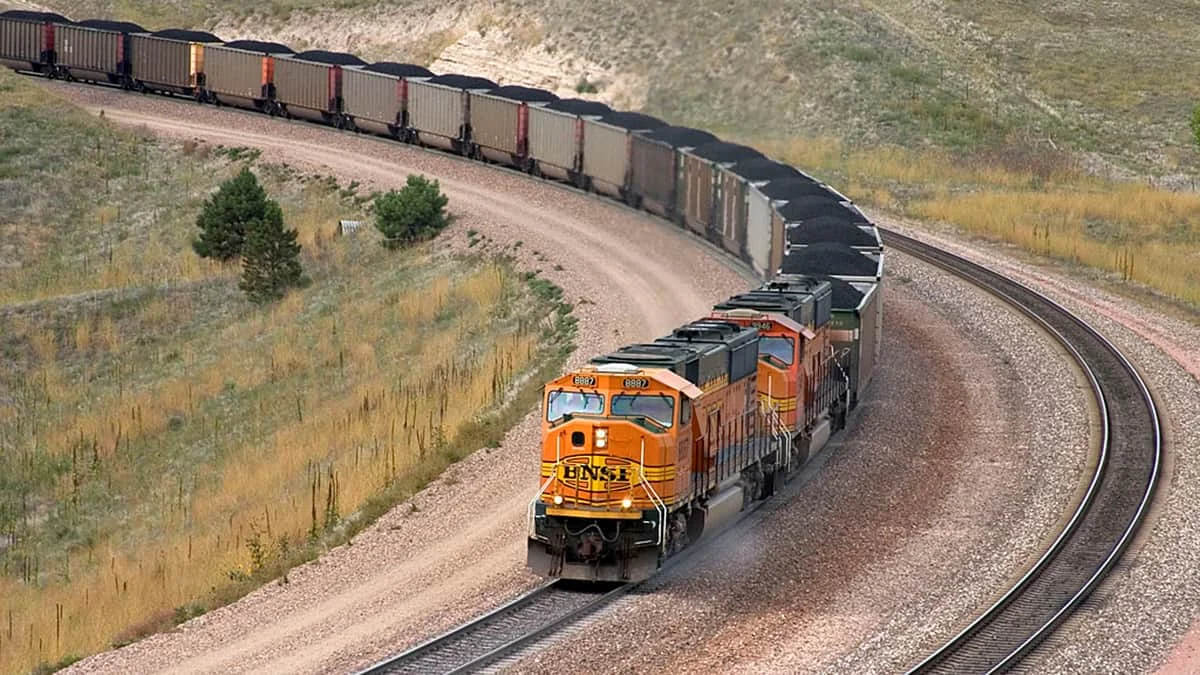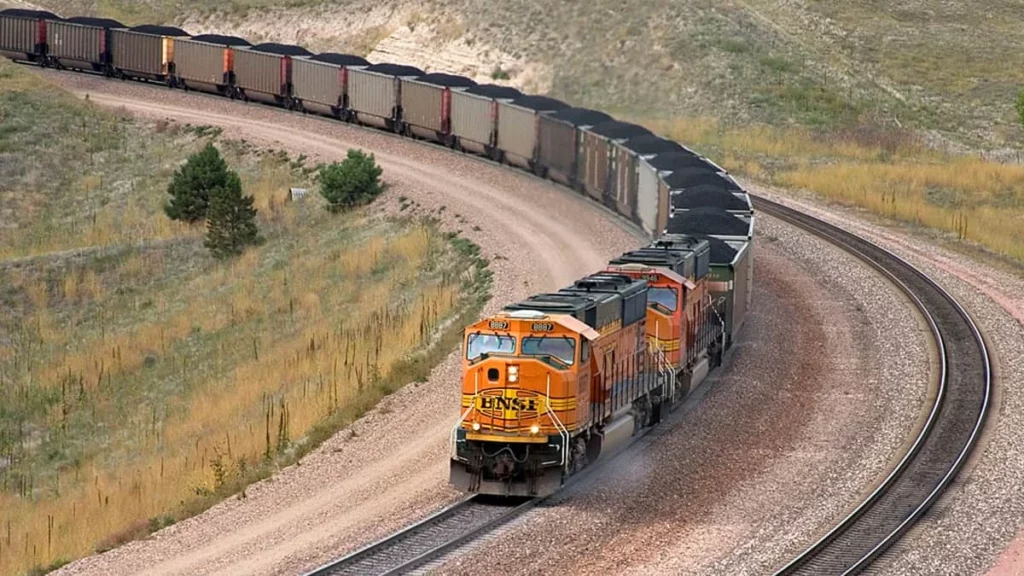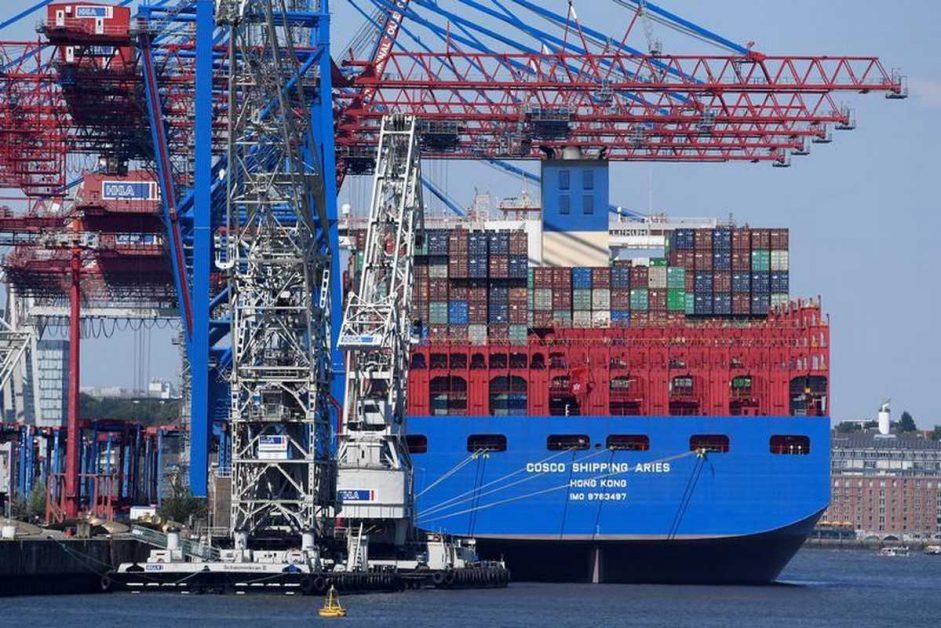Trump asks Supreme Court to save his global tariff policy
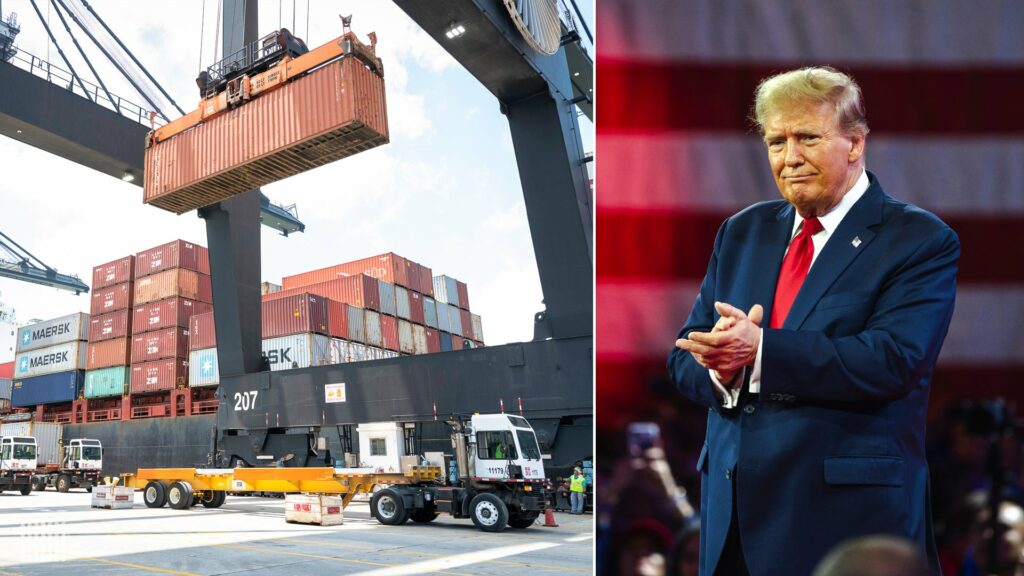
Trump’s “Liberation Day” tariffs face final test at Supreme Court
President Donald Trump said Tuesday he will seek an expedited Supreme Court review to decide whether his “Liberation Day” tariffs on more than 90 U.S. trading partners are legal.
The announcement comes days after the U.S. Court of Appeals for the Federal Circuit struck down most of Trump’s tariffs, ruling that his use of emergency powers to impose sweeping import duties exceeded presidential authority. The court reaffirmed an earlier decision from the U.S. Court of International Trade but allowed the tariffs to remain in place while the legal battle continues.
Trump unveiled his “Liberation Day” tariffs on April 2, with implementation beginning in early August after multiple delays. The ruling is a setback for Trump, but the tariffs will stay in effect until at least Oct. 14.
